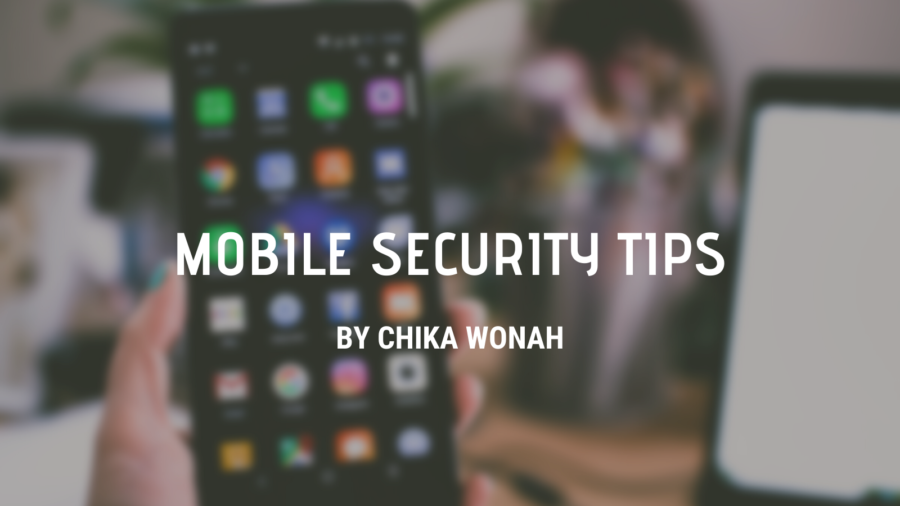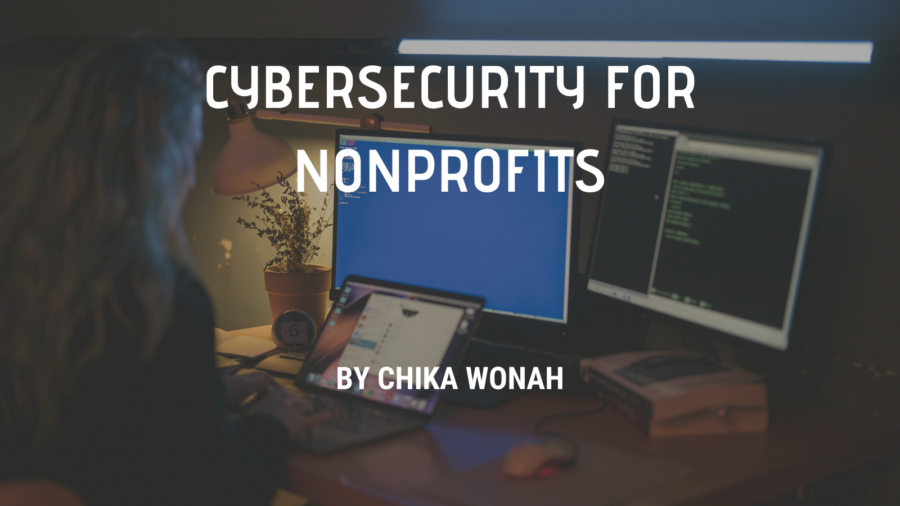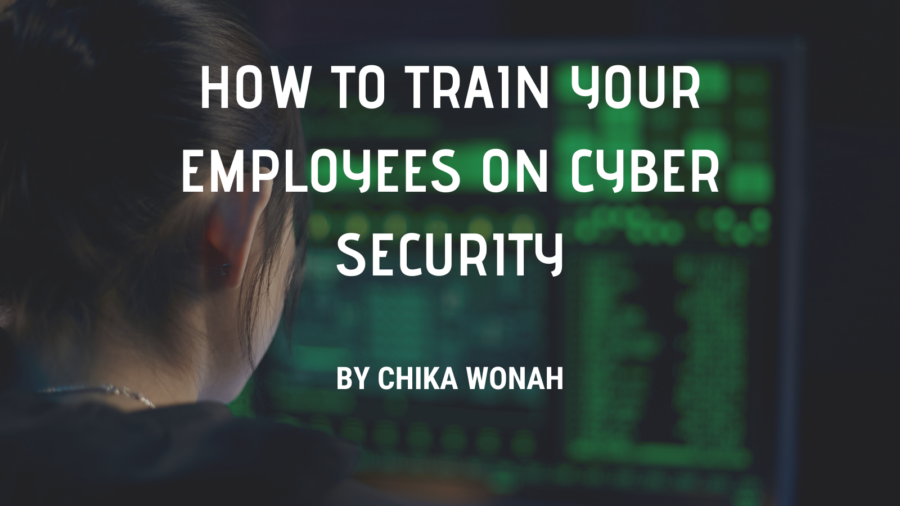Netgear Orbi AC2200 ($278) – The first on the list is Netgear’s Orbi Series AC2200. This wireless network system has two parts – one plugged into your modem/router combo unit, which serves as a base station, and another that plugs directly into an outlet near your main device location (i.e., next to or behind TV). It delivers data at speeds up to 100Mbps even when there are 20+ devices connected. It also features a sleek design of white and black, so it can blend in with your home decor.
TP-Link Deco M53 ($330) – The TP-Link Deco M53 is an excellent option for those looking to create a mesh WiFI system that looks great on the wall or ceiling! It comes complete with three units: one power adapter and two wireless routers. You simply plug them into outlets throughout your house, allowing you to expand WiFi coverage as needed. Its compact size makes it perfect for even smaller spaces like bedrooms and dens, giving you plenty of room on tables or desks while maintaining optimal signal strength. A simple interface allows anyone from novices to experts to manage their router’s settings quickly and easily.
Eero Home WiFi System ($400) – The Eero Home WiFi system is designed to be the center of your connected home. It provides a range that covers over 5000 square feet and can accommodate up to ten devices simultaneously, allowing you to do everything from watching movies on Netflix to playing video games with friends! Equipped with modern technology like Bluetooth Low Energy (BLE), it also features an amazing design. Its sleek white exterior fits in seamlessly with any décor, while its clean lines allow it to stand out without drawing too much attention.
Vilo Mesh Router (3-Pack) ($275) – The Vilo Mesh Router is a three-pack system with speeds up to 1750Mbps. It’s designed for easy installation and use, so anyone from novices to experts can be set up in minutes! Its look is streamlined and modern, capable of blending in seamlessly even with the most futuristic décor.
With its mesh network technology, you will have an expanded range that covers over 5000 square feet. This makes it perfect for large homes or multi-level buildings without sacrificing speed! A simple interface allows users of any skill level to manage their settings quickly and easily. This product also works well with Alexa voice control options as well as Google Assistant on Android devices via Bluetooth Low Energy (BLE).
Asus ZenWiFi AX XT8 (2-Pack) ($249) – The last on our list is the Asus ZenWiFi AX XT. This model has sped up to 4600Mbps, making it perfect for large homes or multi-level buildings! A sleek design allows you to place its router in any room without drawing too much attention.
The ASUSWRT control panel provides an easy interface with options like AiProtection and Trend MicroTM Security that give your network maximum protection from outside threats. It also comes with a two-year warranty, so you’ll have peace of mind knowing they are there if something goes wrong.










